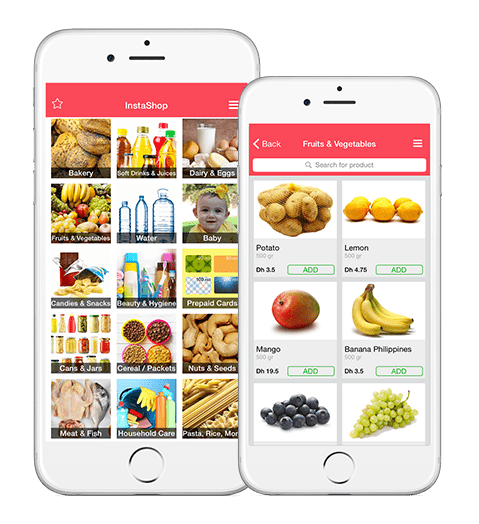With so many people ordering food online nowadays, it’s important to be aware of these tricks.

Scroll and show
The developed world has access to unprecedented wealth and diversity of food — but this is not necessarily a good thing. Easy access to cheap calorie-rich food, coupled with massive advertising campaigns, has fueled an unprecedented obesity crisis.
Obesity has become a major threat in many parts of the world, but nowhere is it as prevalent as in the US. Nearly 40% of all adults over the age of 20 in the US (which make up about 93.3 million people) are currently obese, according to data published in JAMA in 2018.
It’s not just the way we eat that has changed — the way we shop for food has also shifted. More and more, people are buying food online, and the way we buy food online is somewhat different from buying off the shelf.
The good news is that online food retailers can help by recommending healthier options. The bad news is that they don’t.
Even when people want to eat healthy online grocery platforms are generally undermining Americans’ efforts to eat well, according to a new study carried out by the Center for Science in the Public Interest. They do this by offering promotions for unhealthy foods.
Over half of food and beverage promotions on online retailers’ webpages and search results were for unhealthy products — and more than 75% of food and beverage-related emails that retailers sent advertised unhealthy products.

“Online grocery ordering has the potential to increase Americans’ access to healthy food, but thus far, the industry is not taking advantage of the opportunity,” said CSPI vice president for nutrition Margo G. Wootan. “Online grocers often engage in the same practices as their brick-and-mortar counterparts, by heavily promoting soda, chips, candy, cookies, and other junk foods and relegating healthy food to the sidelines. Position and placement matter just as much with digital marketing as they do at the supermarket.”
Impulse buys
This is particularly concerning because previous studies have suggested that online shopping could reduce impulse buys — which are also often unhealthy. But if we’re simply replacing one offline impulse buys with an online one, we’re not really doing any good.
To make matters even worse, the online environment has the potential to fuel even more impulse buys, and we’re starting to observe this in consumer trends.
“In a physical store, there is a limited amount of space in which food and beverage manufacturers can market their products,” said CSPI policy associate Darya Minovi. “Online, however, there are endless opportunities for retailers to barrage consumers with flashy pop-ups and banner advertisements, inducing impulse purchases. Retailers should ensure that food and beverage promotions support—rather than undermine—healthy eating.”
In the US, online grocery shopping accounts for about 6%of total grocery spending in the United States (accounting for sales of nearly $17.5 billion) in 2018, and similar patterns are being reported in Western Europe. The market is estimated to grow 7-fold by 2025.
It’s not hard to understand why this is happening: online platforms are emerging as convenient solutions in a world that has less and less time. But the impact that these platforms have on buying healthy vs unhealthy foods are not yet thoroughly explored.
If online platforms are thoughtfully designed and consider food health as part of their model, it could make for a positive societal impact — but with headlines such as Hershey’s plan to keep impulse candy shopping alive, that seems unlikely. Targeted online marketing can turn a one-time impulse buy into “a pervasive prompt for more frequent purchases,” and this seems like a very likely long-term outcome.
This is particularly important as grocery stores contribute a majority of the unhealthy foods and beverages purchased by Americans. For instance, over 70% of sugary beverages that kids drink were sold in grocery stores.


